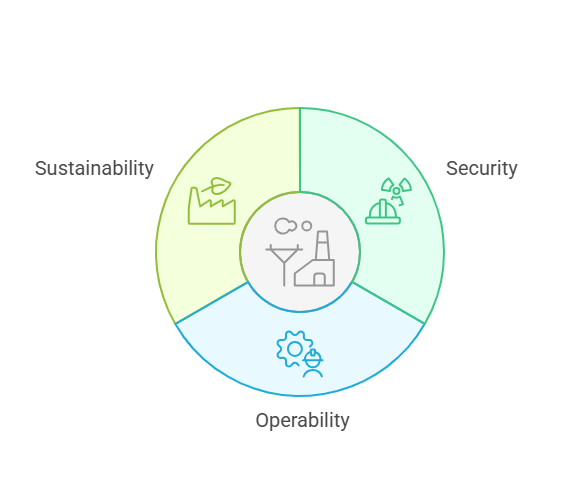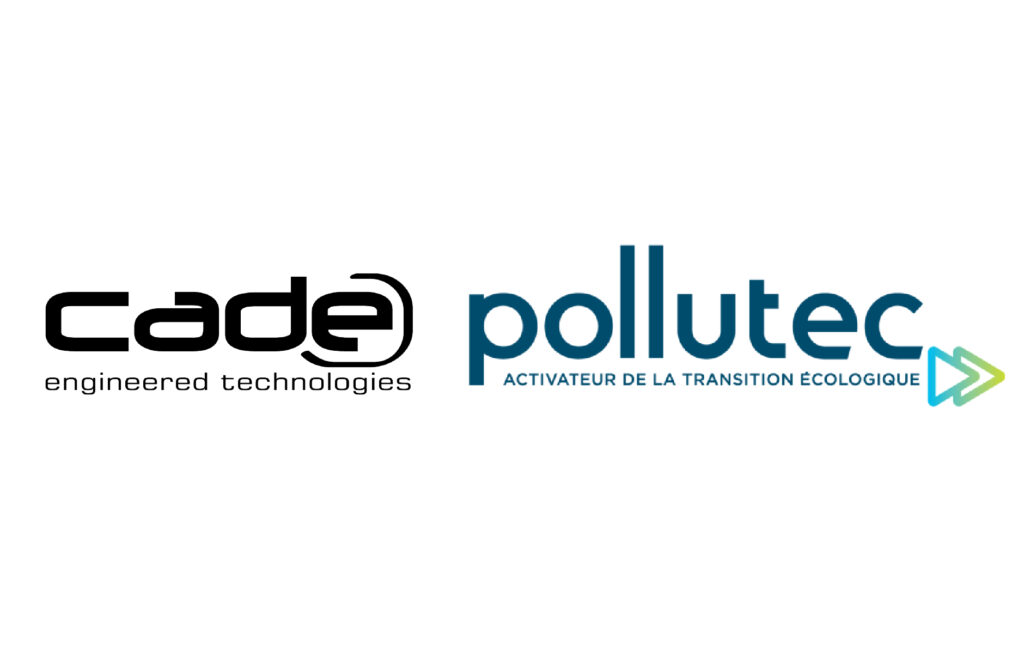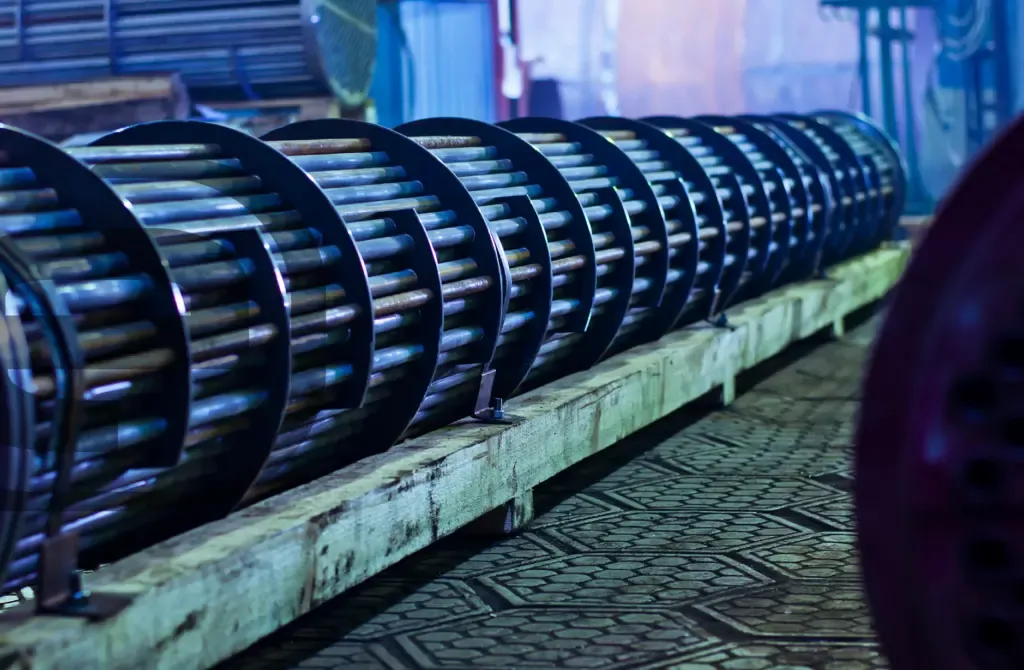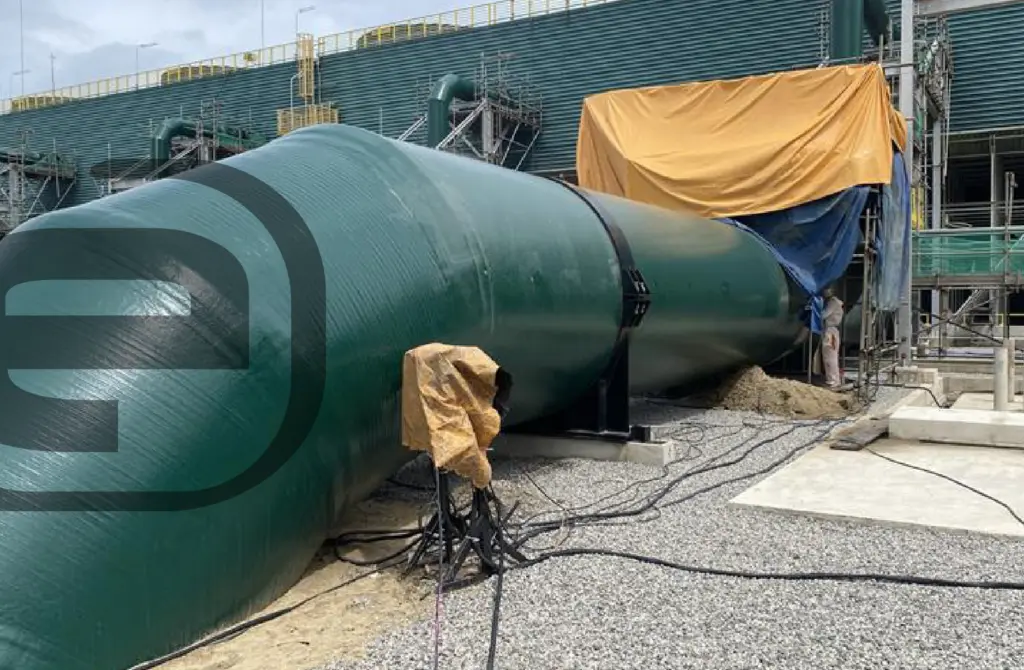In industrial environments where explosive atmospheres may form—due to the presence of gases, vapors, mists, or combustible dusts—conducting an ATEX study is not only a legal requirement but also a strategic practice to protect people, ensure operational continuity, minimize environmental impact, and strengthen corporate image.
A systematic evaluation of these risks allows companies to anticipate issues that could have devastating human, economic, and legal consequences. This article explores the main reasons why performing an ATEX study is a smart and responsible investment, and the real implications of neglecting it.

1. Safety and Accident Prevention: Comprehensive Protection
The first and most obvious reason for conducting an ATEX study is to ensure safety. Explosive atmospheres pose a constant potential risk, especially in chemical, petrochemical, food, pharmaceutical, and waste treatment industries. A proper analysis helps identify which zones are at risk, which substances are involved, and under what conditions an explosion could occur.
By detecting ignition sources—such as electrical sparks, hot surfaces, static electricity buildup, or open flames—the study enables the implementation of specific preventive measures: proper ventilation, use of explosion-proof materials, adaptation of electrical equipment, emission controls, and more.
Preventing an accident not only saves lives, but also avoids structural damage to facilities, destruction of machinery, and the risk of chain-reaction fires. An incident in an explosive-risk zone can trigger a domino effect in other areas, potentially halting the entire operation or even affecting nearby community zones.
2. Regulatory Compliance and Legal Security
From a legal standpoint, companies are obligated to assess and manage the risks associated with explosive atmospheres. In Europe, ATEX Directive 2014/34/EU regulates equipment intended for use in such areas, while Directive 99/92/EC (transposed into Spanish law via Royal Decree 681/2003) requires risk assessment and hazardous zone classification.
Carrying out an ATEX study ensures compliance with these requirements in a documented and verifiable way. In case of an inspection by labor or environmental authorities, the company can demonstrate that it has identified the risks and implemented appropriate control measures. This protects not only the organization but also its legal representatives, avoiding fines, temporary shutdowns, and even criminal liability in the event of accidents involving injuries or third-party damage.
Ignoring this obligation does not exempt companies from it. Many businesses underestimate the risk until an accident occurs—by which time the lack of preventive documentation worsens their legal and reputational standing.
3. Operational Continuity and Resource Optimization
The ATEX study is also a tool for operational improvement. Once an area is classified as hazardous, strategies can be designed to reduce its risk level through technical or engineering measures. This can lead to partial or full declassification of certain areas, allowing the use of more affordable and easier-to-maintain equipment compared to ATEX-certified alternatives, which tend to be significantly more expensive.
Additionally, the analysis helps detect vulnerabilities that could lead to failures or shutdowns. Identifying leaks, dust accumulation, or poorly ventilated areas allows for corrective action before an incident halts production. Unplanned downtimes are costly and, in sectors with continuous demand, can lead to loss of contracts, clients, or market presence.
The study also facilitates the planning of technical shutdowns, the design of emergency protocols, and staff training—enhancing the safety culture and reducing the margin for human error.
4. Costs: Long-Term Savings vs. Emergency Investments
While conducting the study involves an initial investment, its economic benefits are evident in the medium and long term. Preventing an accident means avoiding expenses related to repairs, equipment replacement, raw material loss, compensation, and production stoppages.
Furthermore, the analysis helps select appropriate equipment, avoiding over-sizing, unnecessary purchases, or specification errors. It also improves maintenance efficiency by providing a technical basis for planned interventions that extend asset life.
5. Sustainability and Environmental Responsibility
The ATEX study not only protects people and assets but also contributes to more sustainable industrial management. Reducing leaks, emissions, or releases of flammable substances minimizes not only explosion risk but also the associated environmental impact.
By optimizing the use of hazardous resources and improving storage and handling conditions, waste is reduced and materials are used more efficiently.
Conversely, an incident in an unevaluated area could release toxic compounds into the air, soil, or water, with serious environmental consequences—especially if the plant is near sensitive areas. These damages, along with the costs of remediation, can result in administrative and civil liabilities.
6. Image, Reputation, and Strategic Positioning
In an increasingly competitive and regulated business environment, industrial safety has become a key differentiating factor. Companies that demonstrate responsibility, prevention, and compliance are perceived as more reliable by customers, business partners, insurers, and investors.
A well-implemented ATEX study not only protects day-to-day operations but also enhances corporate reputation. It also facilitates the achievement of certifications and access to markets with high safety standards.
In contrast, an accident due to a lack of foresight can carry a high reputational cost. News about explosions or penalties for non-compliance often receive wide public attention and can severely damage a company’s image for years—regardless of its size or track record.
Conclusion
The ATEX study is far more than a formality: it is a comprehensive management tool that brings real value to the safety, efficiency, and sustainability of industrial operations. Acting preventively protects people, ensures legal compliance, reduces costs, safeguards the environment, and strengthens brand trust.
Neglecting this necessity, on the other hand, can trigger severe and irreversible consequences. Choosing prevention is a strategic decision that guarantees not only business continuity but long-term success.












